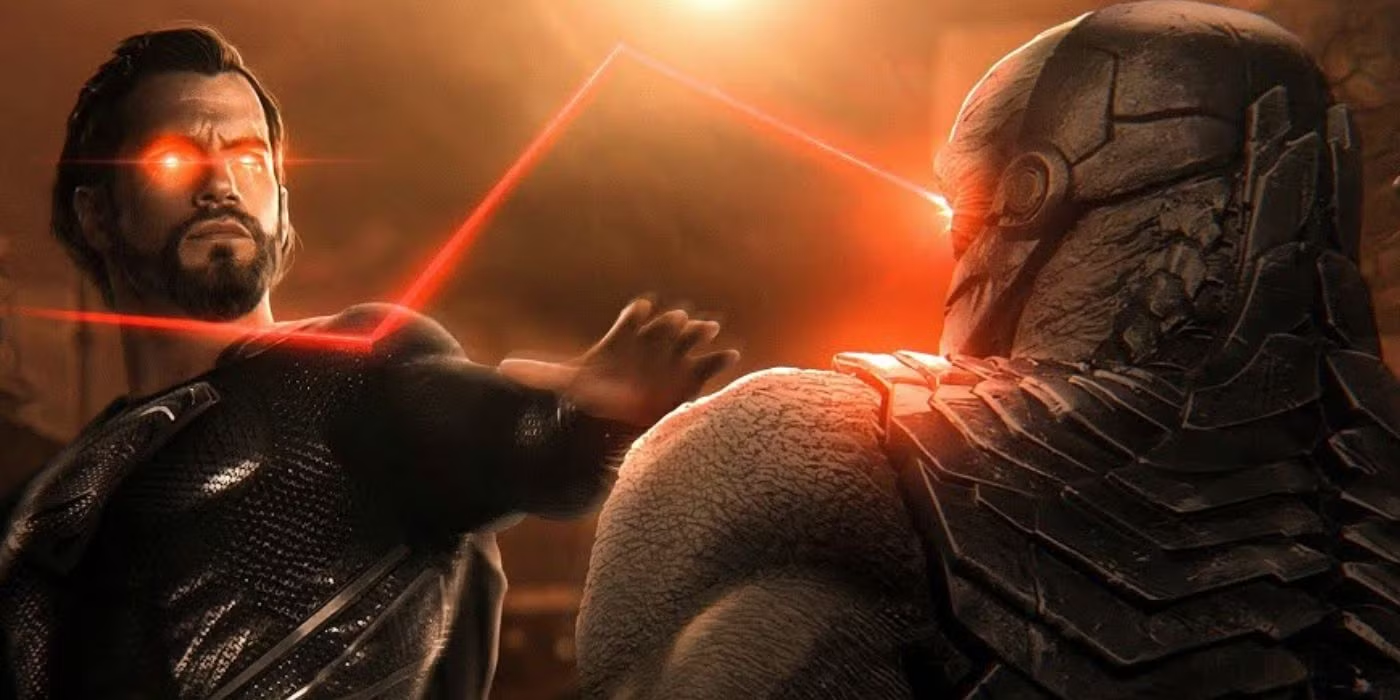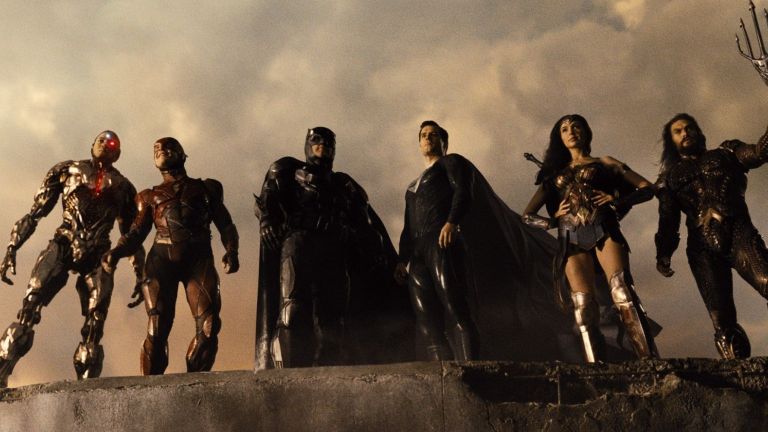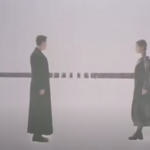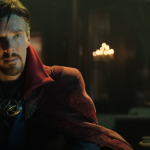🎬 Justice League (2021 – Snyder Cut) | Ben Affleck, Henry Cavill

🎬 Justice League (2021 – Zack Snyder’s Cut)
“You can’t save the world alone — but together, they can redeem it.”
In 2021, after years of fan-driven campaigns and mounting anticipation, Zack Snyder’s Justice League was finally unleashed upon the world — a four-hour epic that redefined what a superhero team-up film could be. More than just an extended director’s cut, this version is the definitive vision of Snyder’s dark, mythic interpretation of the DC Universe, giving depth, scope, and emotional resonance to a story that was once left incomplete.

Unlike the theatrical version released in 2017, Snyder’s Cut restores not only pivotal scenes but also an entirely different tone — grand, operatic, and unapologetically ambitious. The result is a cinematic odyssey that elevates the Justice League from a group of loosely connected heroes into a pantheon of flawed gods, fighting not just for Earth’s survival, but for their own redemption.
The narrative follows Bruce Wayne (Ben Affleck) and Diana Prince (Gal Gadot) in the aftermath of Superman’s (Henry Cavill) death, as they strive to assemble a team capable of defending Earth from a looming cosmic threat. The world is vulnerable. Divided. And in the shadows, the formidable Steppenwolf (Ciarán Hinds), a harbinger of annihilation, descends upon the planet, seeking to retrieve the three Mother Boxes — ancient devices of unimaginable power — to prepare Earth for the arrival of his master, Darkseid (Ray Porter).
But this time, the League’s formation feels earned, layered with personal struggles and emotional stakes. Barry Allen (Ezra Miller), the socially awkward speedster, is given a poignant arc as a son trying to clear his father’s name. Victor Stone (Ray Fisher), or Cyborg, is no longer a side character — he becomes the emotional core of the film, a tragic figure grappling with the duality of being both man and machine. Aquaman (Jason Momoa) struggles with his own identity, torn between land and sea, purpose and duty.
Unlike the fast-paced spectacle of typical superhero films, Snyder’s version takes its time — allowing moments of silence, reflection, and grandeur to breathe. The use of mythological imagery is ever-present; every action sequence feels like a battle of titans, every frame meticulously composed to evoke a sense of ancient legend meeting modern cinema.
One of the most significant additions in the Snyder Cut is the fleshed-out villain arc of Steppenwolf. No longer a generic invader, he is portrayed as a disgraced lieutenant of Darkseid, driven by desperation to reclaim his honor. His motives are clearer, his menace more palpable, making every confrontation with the League carry genuine tension.

The resurrection of Superman is handled with far more emotional weight, transforming his return from a simple plot point into a thematic centerpiece about hope, sacrifice, and the burden of being a symbol for humanity. His return in the iconic black suit isn’t just a visual flourish — it represents his journey of rebirth, a Superman who has embraced both his Kryptonian heritage and his humanity.
Visually, Zack Snyder’s Justice League is a feast of rich textures, stylized slow-motion, and a desaturated color palette that emphasizes its apocalyptic atmosphere. Junkie XL’s thunderous musical score elevates every scene, blending orchestral grandeur with a raw, visceral energy that perfectly complements Snyder’s visual language.
The film’s climactic battle — an extended, intense sequence at an abandoned nuclear facility — showcases the League operating as a unified force, with each hero’s abilities utilized in tandem, making the victory feel earned rather than forced. Barry Allen’s time-reversal scene is a standout moment, a breathtaking visual spectacle that underscores the Flash’s immense potential and the film’s overarching theme of second chances.
Perhaps most importantly, Snyder’s Cut restores the Knightmare sequences and the introduction of characters like Martian Manhunter, hinting at a larger, darker future for the DCEU that fans have longed to see explored. The epilogue teases the looming threat of Darkseid and leaves audiences with the bittersweet realization of what could have been — a vision of a cinematic universe unafraid to embrace its epic scale and mature themes.

Ultimately, Zack Snyder’s Justice League (2021) is not just a film. It’s a redemption — for its creator, its cast, and for fans who believed in the story’s full potential. It is a triumph of vision, a testament to artistic integrity, and a love letter to mythic storytelling in a genre often constrained by formula.
This is the Justice League as it was meant to be — bold, operatic, and unforgettable.
Related movies :











